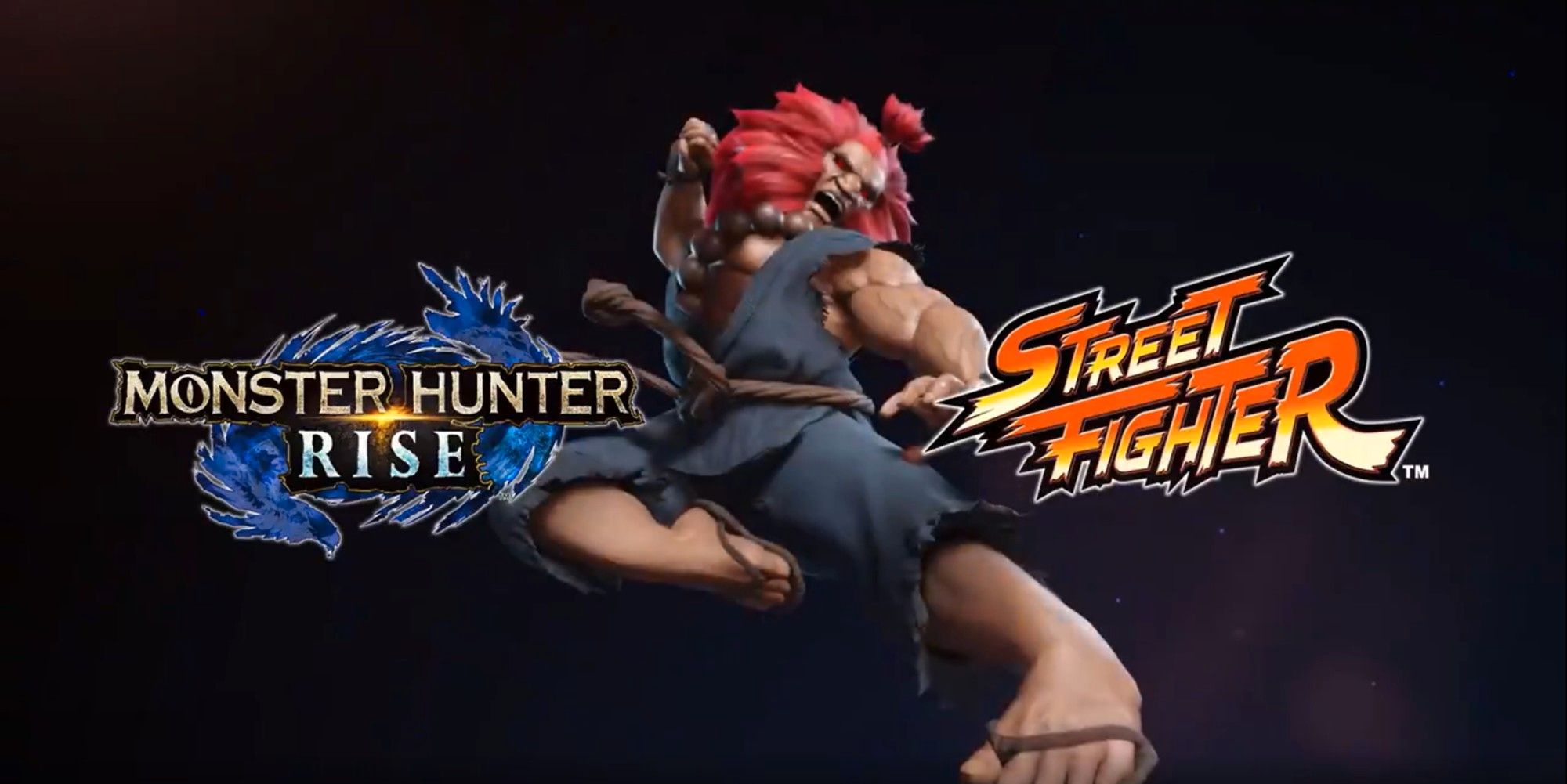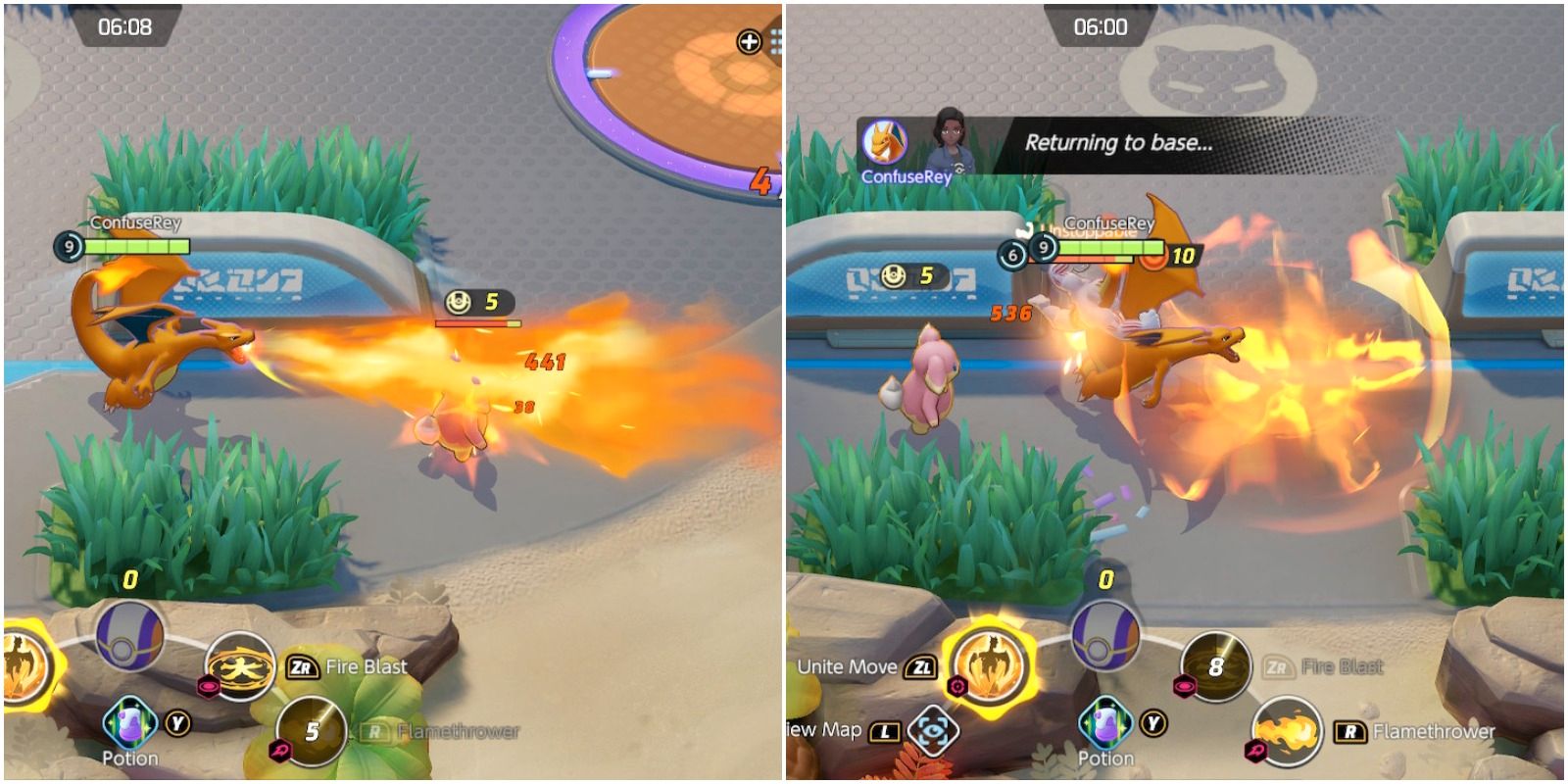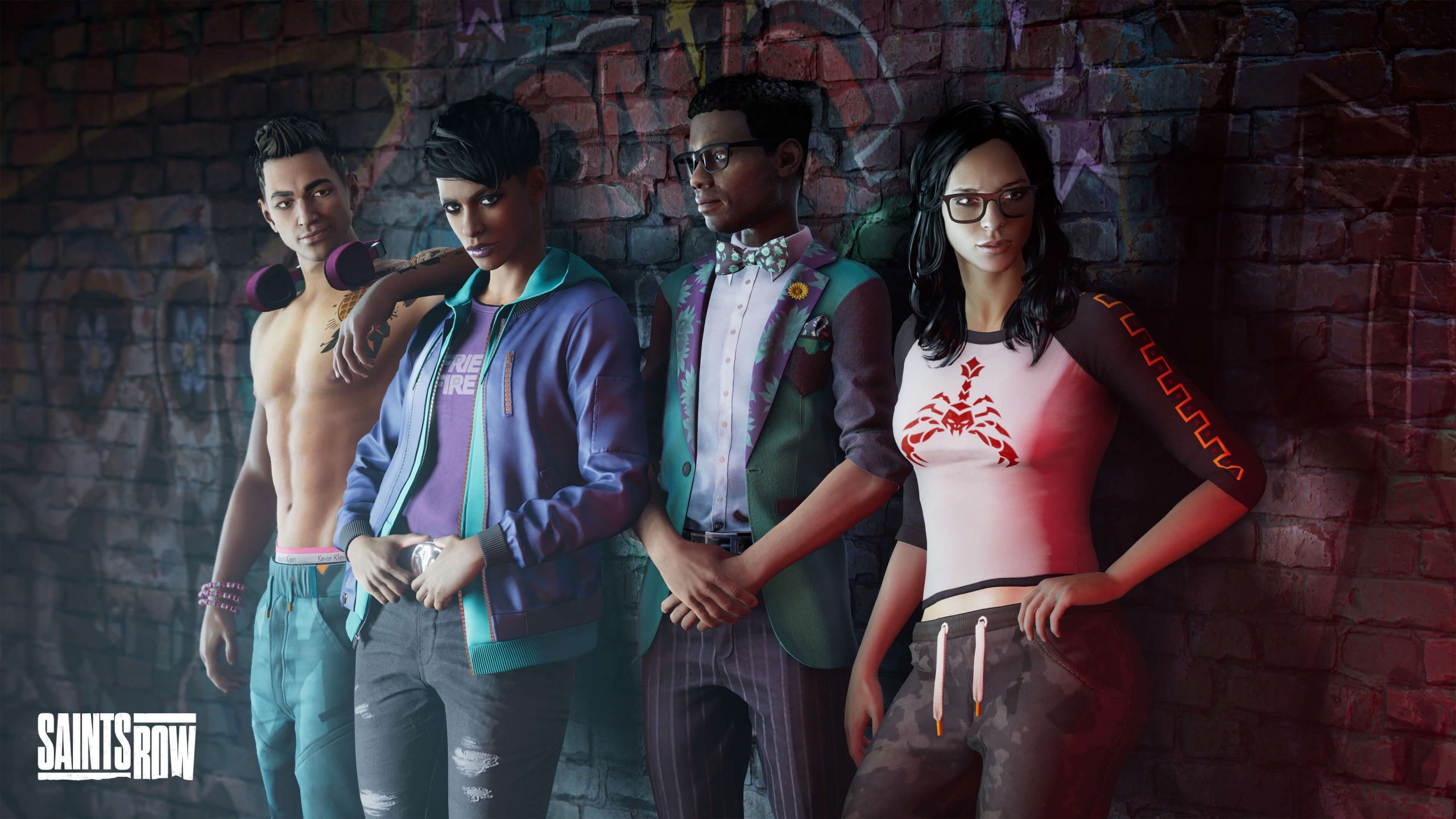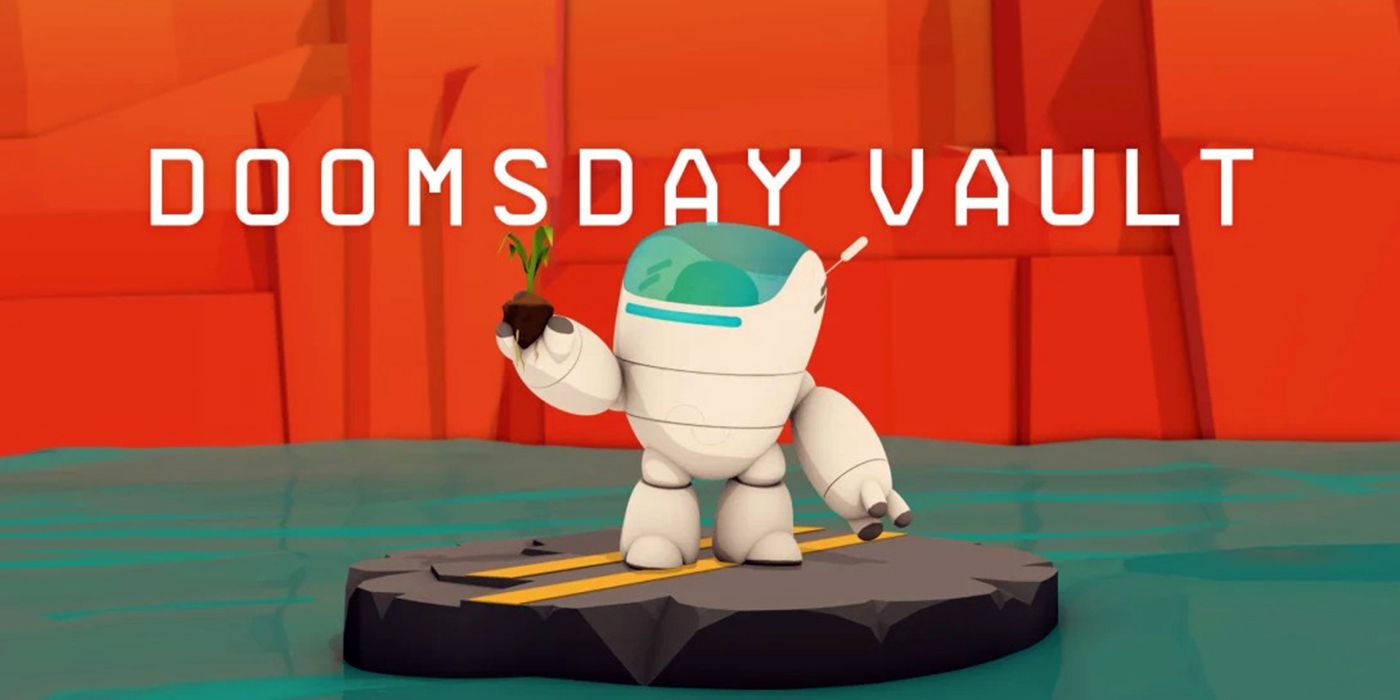
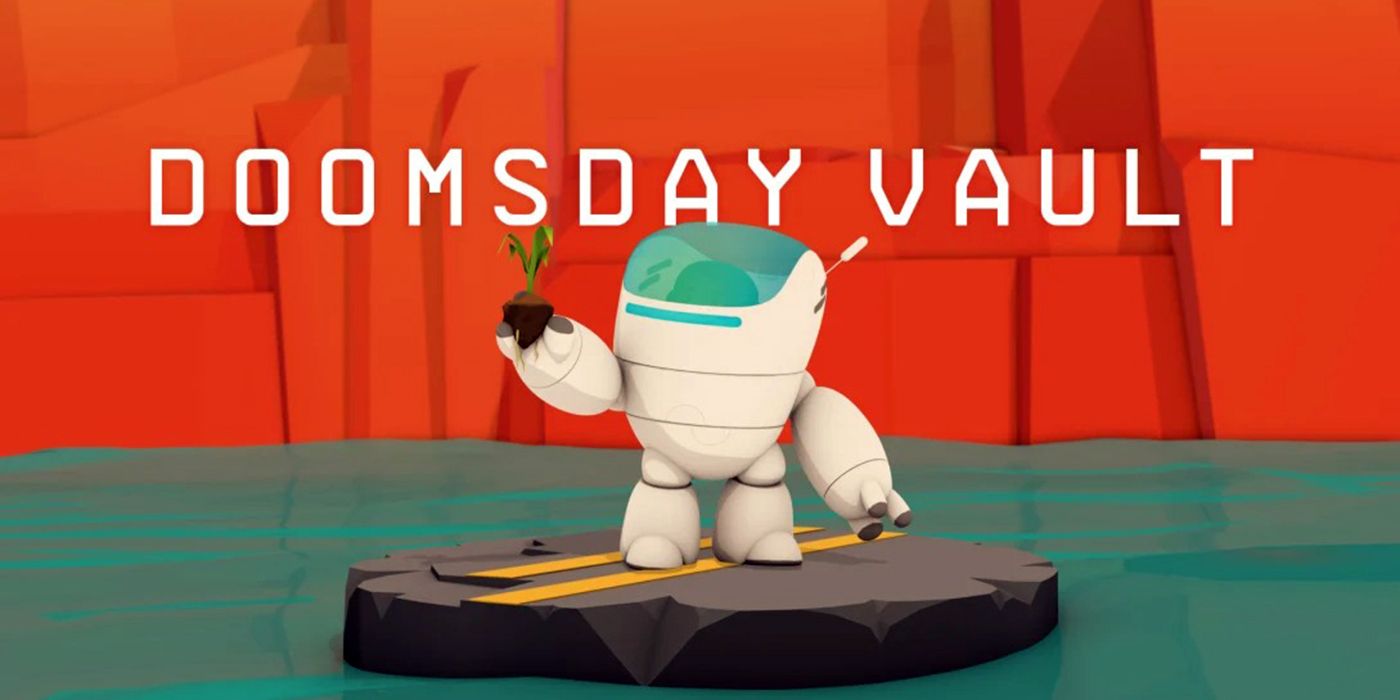
Sometimes it’s nice to just sit down with a relaxing game that doesn’t require too much brain power and that can perhaps be played while listening to an audiobook or watching a movie. In steps Doomsday Vault, developed and published by Flightless. This simplistic puzzle platformer puts players in the role of (presumably) a human in a robot suit on a quest to rescue Earth’s plant life.
That’s it. Doomsday Vault offers no real narrative. The Earth’s ecosystem has collapsed, and the player is on a mission to rescue the planet’s remaining plant species and grow them in a vault so that they’re not lost forever. But why has the ecosystem collapsed? What terrible catastrophe has befallen the planet? Areas have been flooded, highways are crumbling, buildings stand empty and abandoned, and there are no humans anywhere. Yet there is never any explanation given. It’s not even clear whether the player is an actual person inside that robot suit.
Despite this lack of clarity, Doomsday Vault offers an enjoyable, laidback, somewhat rewarding, though unchallenging puzzle experience. In fact, the puzzles are so simple that they almost cannot even be called puzzles. They’re more akin to minor obstacles that must be navigated around using the very obvious solutions placed before the player. This is a game that will perplex nobody.
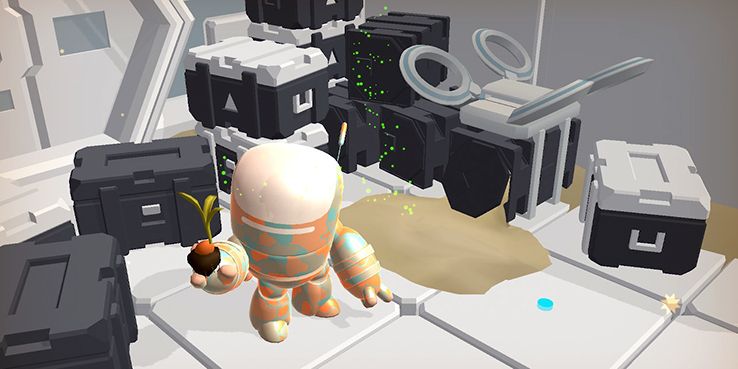
The most difficult aspect of Doomsday Vault is finding the nutrients necessary to grow all of the rescued crops. Missing one container tucked into an obscure corner is the only reason to replay levels. Although they are fun for the most part, the levels are all relatively short, basic, and possess nothing that will give a person an urge to revisit them. The robot suit will receive a couple of tool upgrades to get through specific areas, but they are barely used in subsequent levels, making their introduction almost pointless. It would have been nice if the levels became increasingly complex as the game progressed, requiring creative use of the new tools.
There is an educational opportunity in Doomsday Vault, and it seems that the developers started to take advantage of this but ultimately didn’t pursue it. On the main menu, when choosing which level to play, an image of the seed to be found in that area is displayed. Selecting an icon in the upper right will provide a brief blurb about the plant, its origins, and various uses. Whether this information is factual or fictional is unclear, and it’s doubtful that many gamers will feel compelled to toss down their controller and run to a computer to find out.
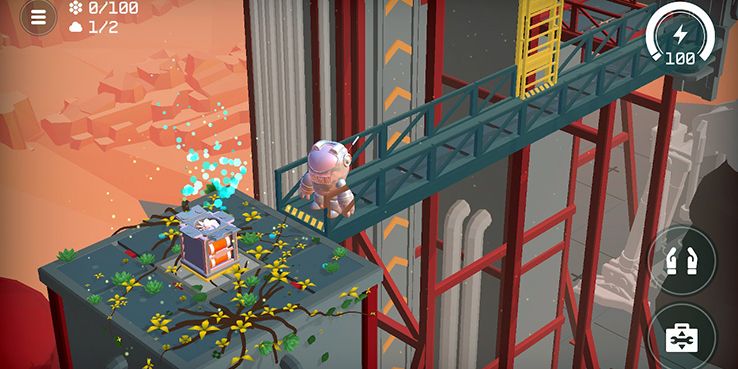
But these little blurbs reveal that perhaps Flightless had a goal in mind when developing Doomsday Vault. There’s a vague, implicit message about the fate of the planet and the importance of preserving plant life, but it never goes further than that. Players collect plants and find batteries for machines called Carbon Eaters, but if there was meant to be a societal message about climate change or saving the planet, it’s never clarified. In fact, Doomsday Vault has an oddly soothing atmosphere, in stark contrast to the post-apocalyptic setting. The pastel colors and the chill music make playing the game a relaxing endeavor. So if Flightless had a message to send, it completely gets lost in the game’s tranquil ambience.
Growing all of the crops by collecting nutrients hidden throughout the levels enables the player to unlock suit customization options. This is one of the highlights of Doomsday Vault. Players can change the suit’s pattern and colors, as well as switch up accessories like helmets, backpacks, belts, and arms. Not all of the customization options can be unlocked by simply playing through the game, though, as some must be earned by achieving a certain score in the game’s challenge mode.
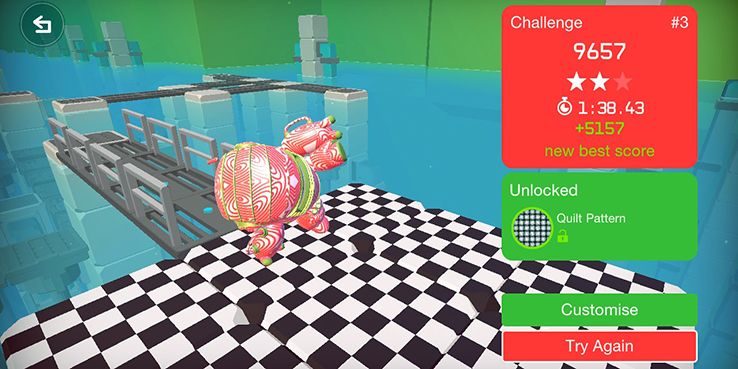
The challenge missions expand on Doomsday Vault’s core gameplay and are almost more fun than the main game. There are races, mazes, collection and survival challenges, and leaderboards that add a competitive element, and this gives players something to do once they’ve finished the story. However, although entertaining for a while, even the novelty of the challenge mode wears off rather quickly.
And that ultimately is the sticking point for Doomsday Vault. The game is incredibly short and can be finished in a single long gaming session or multiple bite-sized ones, and any interest it incites doesn’t last long. It offers an all-around pleasant experience, but is not groundbreaking in any way. In fact, it’s probable that many players will forget about the game entirely once they’ve completed it. At the end of the game, the developers promise that there are “new missions coming soon.” But considering that Doomsday Vault originally released for Apple Arcade over a year and a half ago, one wonders just how far away “soon” actually is.
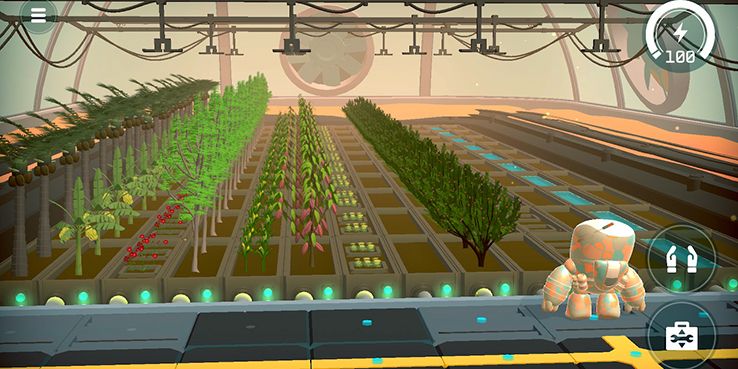
Doomsday Vault is a mobile game that has been ported to other platforms, and that’s immediately apparent in the basic controls, simplistic level design, and extremely large and obvious interaction points. The player moves on a kind of grid with an isometric view, and the controls feel unnecessarily clunky and unresponsive. Turning involuntarily, running further than intended, and having to really focus to get the robot where he’s wanted will happen more frequently than it should. This control scheme might work well on mobile devices or when using the Switch’s touchscreen, but it didn’t carry over satisfactorily to control with a gamepad.
Flightless has also released a game called Element, which the developers describe as a “real-time strategy space game for people who don’t have time to play real-time strategy space games.” That same premise seems to be the purpose of Doomsday Vault. It’s a puzzle game for people who don’t have the time or energy to challenge themselves with a puzzle game. It’s an enjoyable experience, just not a memorable one.
Doomsday Vault is available on iOS, PC, and Switch. Game Rant was provided a code for the Nintendo Switch version.
